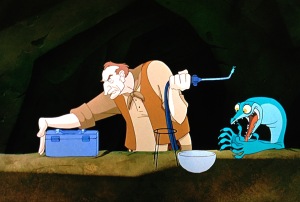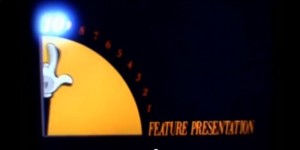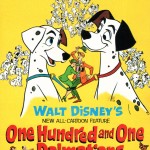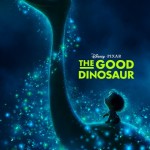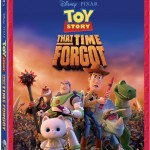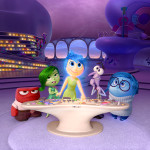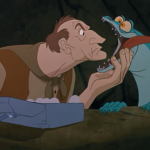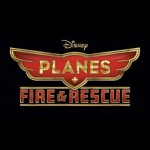I am so thankful good memories seem to never fade. In the same weekend, I experienced the opening of the Dallas Galleria store and The Rescuers Down Under. As a new cast, we had spent the week unloading trucks full of boxes, setting the stage, and working long hours. Our “soft opening” was Friday, November 16, 1990, the day the film opened in US theaters. After the Grand Opening on the 18th (yes indeed, it was Mickey’s 62nd birthday), which was Sunday and an early closing time, we headed down to the theater and watched the late night showing of the new release.
After the amazing revival at the Studios with The Little Mermaid, our hopes were high. And like many of you we were a little disappointed. The film was good, but it seemed to be a step back after Ariel. But, when you look at the technology advances in TRDU, the film is an historical achievement for the company. The film was the first time Disney used the CAPS process in making an entire “traditionally animated” film and replacing the xerography process. The animators’ drawings and background paintings were scanned into computers, where the animation drawings are inked and painted by digital artists. Later, these were combined with the scanned backgrounds that were run through software which enabled the animated film to have more realistic camera angles and movements – think of these shots as the practice runs for the ballroom scene in Beauty and the Beast. The Rescuers Down Under also uses CGI elements throughout – the field of flowers in the opening sequence, McLeach’s truck, and perspective shots of Wilbur flying through New York City and over the Sydney Opera House. The CAPS project was the first of Disney’s collaborations with Pixar.
The Rescuers was one of my favorite childhood films, and I was glad to see the roles of Bianca and Bernard being reprised by their original voices. Since Jim Jordan, the voice of Orville, had passed away, Roy E. Disney suggested to create a new character, Wilbur the Albatross (John Candy), Orville’s brother.
So, how many of you remember there being an animated short before the feature film when The Rescuers Down Under was released? It was The Prince and the Pauper. (In a side note – this was the last production to use the Xerox process.) Between the short and the feature there was a ten minute, ten second intermission with a Mickey hand clock countdown. For each minute in the countdown, a musical tribute was played for a Disney film. For example, during one of the minutes, a medley of Mary Poppins songs were performed. It just so happened, our store cast members were the only people in the theater to see the late showing; which provided for dancing in the aisles and sing-along antics. This intermission was the most fun I’ve ever had at a movie!



